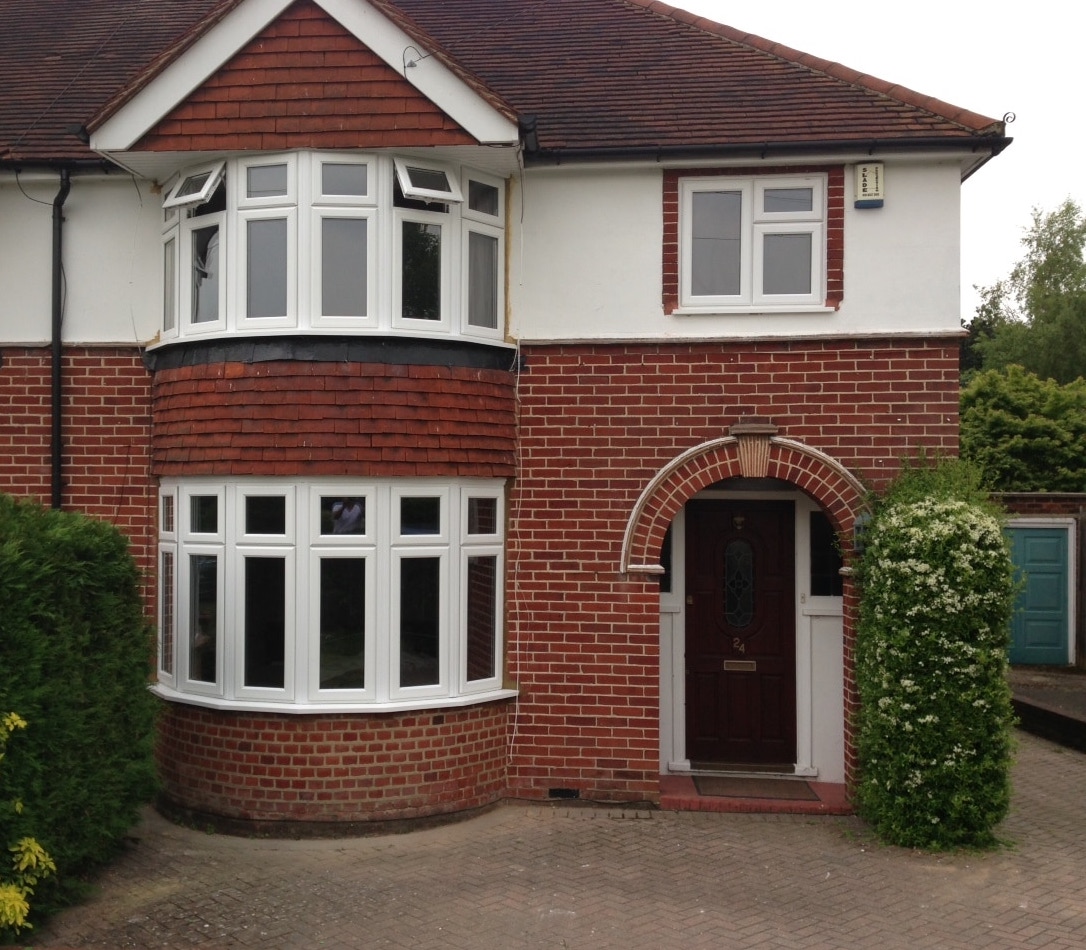5 Clarifications On Residential Bay Windows

Understanding Residential Bay Windows: A Comprehensive Guide
Bay windows have actually decorated homes for generations, lending both visual appeal and practical benefits. Characterized by their special structure that protrudes from the primary walls of a structure, these windows change an easy room into a lively, engaging area. Windows And Doors R Us looks into the appeal of bay windows, exploring their types, benefits, and useful factors to consider for house owners.
What Are Bay Windows?
Bay windows are a combination of 3 or more windows set at angles to create a recess in the wall. They are typically made up of a main large window flanked by 2 smaller sized ones, forming a "bay" or nook. This architectural function may be found in different designs, including conventional, Victorian, and modern homes, and typically protrudes outwards, supplying additional area and natural light.
Kinds Of Bay Windows
- Canted Bay Windows: These are the most typical type, featuring a central window that extends outwards at a 30 or 45-degree angle with smaller sized windows on either side.
- Box Bay Windows: This type forms a box-like structure; the front is normally rectangle-shaped, while the side windows open at right angles to the wall.
- Oriel Bay Windows: Often discovered on upper floors, these windows do not touch the ground, supported by brackets or corbels.
- Circle Bay Windows: Featuring circular shapes, these windows create a softer appearance. They are less common and are often utilized to enhance specific architectural styles.
Benefits of Bay Windows
The addition of bay windows can substantially enhance a home's design and performance. Below are some advantages that homeowners enjoy:
- Increased Natural Light: Bay windows enable more sunshine to get in living areas, reducing the need for synthetic lighting and producing a brighter environment.
- Enhanced Aesthetics: With their architectural beauty, bay windows can elevate the visual appeal of a home, increasing its market price.
- Expanded Space: The extending structure creates a charming nook for seating, plants, or storage, successfully increasing functional space without requiring substantial restorations.
- Enhanced Views: Bay windows typically supply wider sightlines, permitting homeowners to take pleasure in the surrounding surroundings more totally.
- Ventilation Opportunities: When designed properly, bay windows can enhance air flow throughout a space.
A Quick Overview: Advantages of Bay Windows
| Advantage | Description |
|---|---|
| Increased Natural Light | More sunshine leads to a brighter living space |
| Enhanced Aesthetics | Elegance increases residential or commercial property value |
| Expanded Space | Deals extra areas for seating or storage |
| Enhanced Views | Broader views of the outdoor landscape |
| Ventilation Opportunities | Much better airflow results in a fresher environment |
Design Considerations for Bay Windows
When considering the installation of bay windows, house owners should consider numerous elements related to design, materials, and positioning:
1. Architectural Style
- Ensure the bay window complements the existing design of the home, preserving a cohesive appearance.
2. Product Choices
- Typical materials include wood, vinyl, aluminum, and fiberglass. Each has its own aesthetic appeal, upkeep requirements, and insulation homes.
3. Window Configuration
- Choose on the plan of the windows (e.g., double-hung, casement, or image windows) based upon lighting, ventilation, and architectural cohesiveness.
4. Roof and Finishing
- Think about including a roofing system over the bay window for defense and boosted looks. Choices include gabled, curved, or flat roofing systems.
5. Area
- The positioning of the bay window should take into consideration the sun's course, surrounding structures, and views.
Often Asked Questions (FAQs)
1. Are bay windows pricey to install?
- The cost differs based on size, materials, and design complexity. While preliminary costs might be greater than basic windows, they typically supply long-term benefits in regards to energy efficiency and home resale value.
2. Can I install a bay window myself?
- While DIY installation is possible for skilled people, it is generally recommended to work with a professional to ensure proper design, sealing, and structural integrity, particularly if modifications to the home's exterior are involved.
3. How do bay windows effect energy effectiveness?
- Properly installed bay windows can boost energy efficiency by taking full advantage of natural light and minimizing heat loss. Think about picking energy-efficient glass and window frames to reduce utility costs.
4. What furnishings work well with bay windows?
- Property owners frequently go with integrated seating, such as benches, comfortable cushions, or decorative plants to maximize the extended space.
5. Do bay windows need special maintenance?
- Routine cleansing of the glass and looking for any water damage or sealing concerns are vital. The specific upkeep routine depends upon the products used.
Residential bay windows are more than simply a charming architectural information; they provide a variety of benefits that can elevate both the functionality and appearance of a home. While consideration of style, cost, and maintenance is necessary, the long-term advantages frequently surpass the initial investment. Whether boosting a traditional home or adding a modern twist to a modern design, bay windows work as an ageless choice for homeowners wanting to purchase their areas.
In summation, bay windows can change any living location, offering beauty, comfort, and a connection to the world outside. As homeowners evaluate their choices, it's clear that these captivating features are worthy of consideration in both design and preparation.

